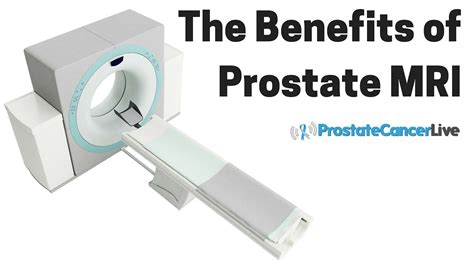Prostate Health Monitoring: Importance and Methods
Prostate Health Monitoring FAQ
How is prostate cancer monitored?
The two ways of monitoring prostate cancer are active surveillance and watchful waiting. There is a small chance the cancer may grow more quickly than expected but this is unlikely. If the cancer starts to grow or you change your mind about your treatment, your doctor will discuss the available options with you.
What is active monitoring for prostate cancer?
Active surveillance is a way of closely monitoring localised (early) prostate cancer, rather than treating it straight away. You might hear it called active monitoring. The advantage of this approach is that you can potentially avoid unnecessary treatment, and its side effects, altogether or delay treatment until a future date.
What is active surveillance of prostate cancer?
Active surveillance is a way of closely monitoring localised (early) prostate cancer, rather than treating it straight away. You might hear it called active monitoring.
Can a doctor Monitor Me If I have prostate cancer?
Your doctor might use active surveillance to monitor you if you’ve been diagnosed with prostate cancer that doesn't need treatment straight away. Or they might use watchful waiting.
How does a doctor monitor a person with prostate cancer?
Your doctor might use active surveillance or watchful waiting to monitor you if you’ve been diagnosed with prostate cancer. This means that you don’t have treatment straight away. Some prostate cancers are slow growing and might never cause you problems.
What is active surveillance prostate cancer?
What is active surveillance? Active surveillance is a way of monitoring localised (early) prostate cancer, rather than treating it straight away. You might hear it called active monitoring. If you go on active surveillance, you’ll have regular tests to check on the cancer.
Should men be screened for prostate cancer?
Routinely screening all men to check their prostate-specific antigen (PSA) levels is a controversial subject in the international medical community. There are several reasons for this. PSA tests are unreliable and can suggest prostate cancer when no cancer exists (a false-positive result).
Is it safe to monitor a low-risk prostate cancer?
In low-risk cancers there is a lot of evidence that it is safe to do this. If you have early prostate cancer that is low-risk or sometimes intermediate-risk, your doctor may talk to you about active surveillance. Some prostate cancers may grow so slowly that you never need treatment. Or it may be a long time before you do.
Prostate Health Monitoring References
If you want to know more about Prostate Health Monitoring, consider exploring links below:
What Is Prostate Health Monitoring
- https://www.nhs.uk/conditions/prostate-cancer/psa-testing/
- https://prostatecanceruk.org/prostate-information-and-support/treatments/active-surveillance
Prostate Health Monitoring Information
- https://www.gov.uk/government/publications/prostate-specific-antigen-testing-description-in-brief
- https://www.macmillan.org.uk/cancer-information-and-support/treatments-and-drugs/monitoring-prostate-cancer
- https://www.nice.org.uk/guidance/ng131/chapter/Recommendations
- https://www.cancerresearchuk.org/about-cancer/prostate-cancer/treatment/monitoring-prostate-cancer
Explore Related Topics
Are there any Herbal Blends Specifically Designed for Prostate Health?
Engage in a conversation about herbal blends that claim to support prostate health and discuss their efficacy.
